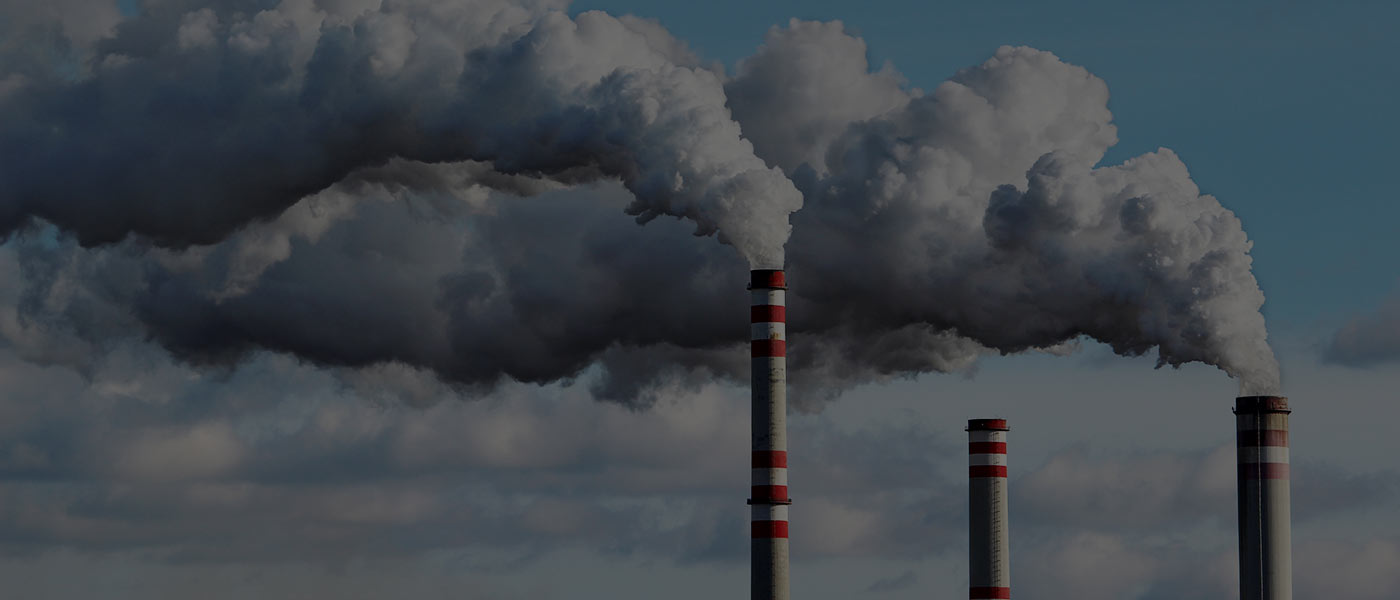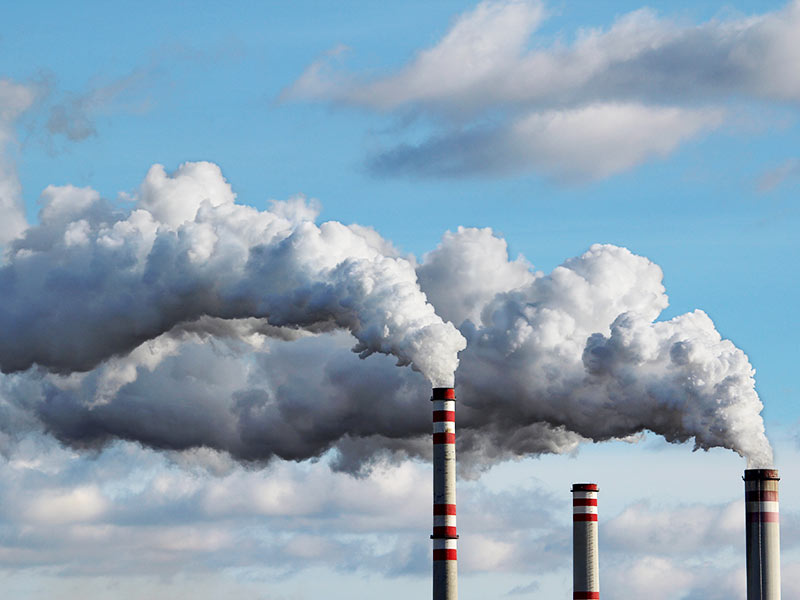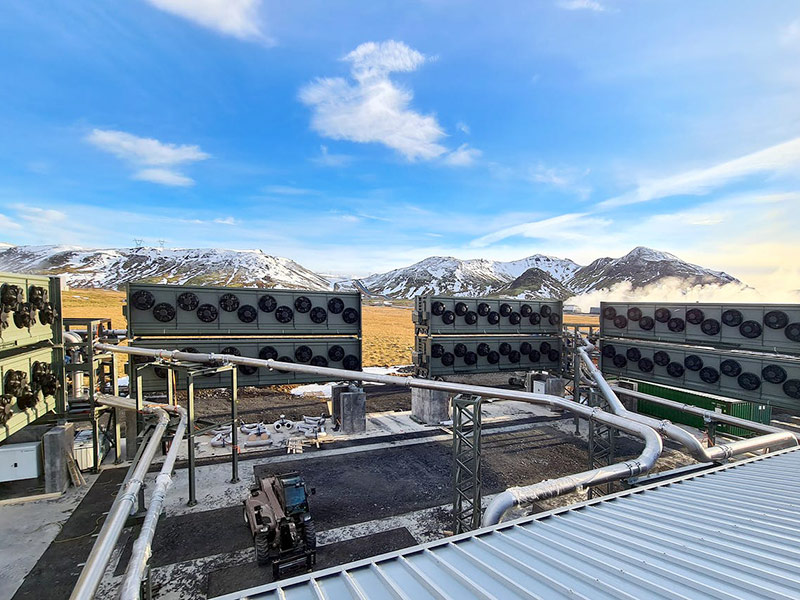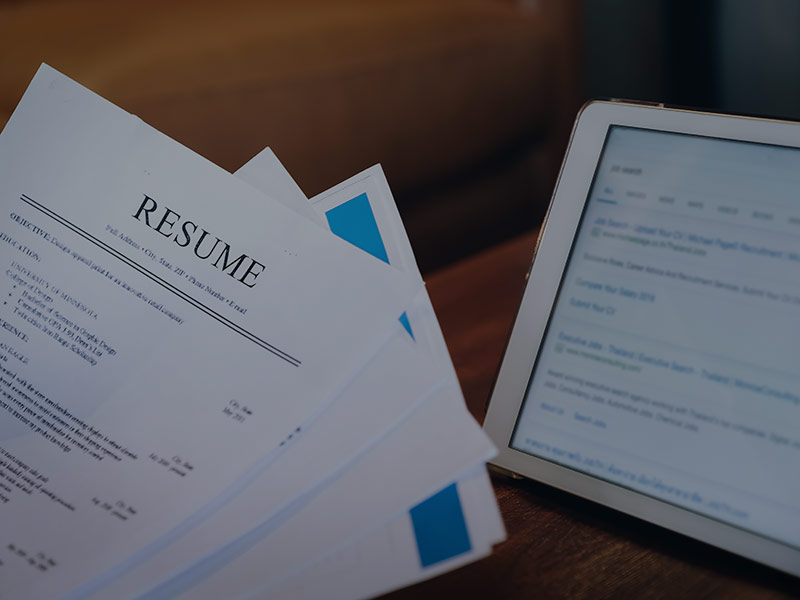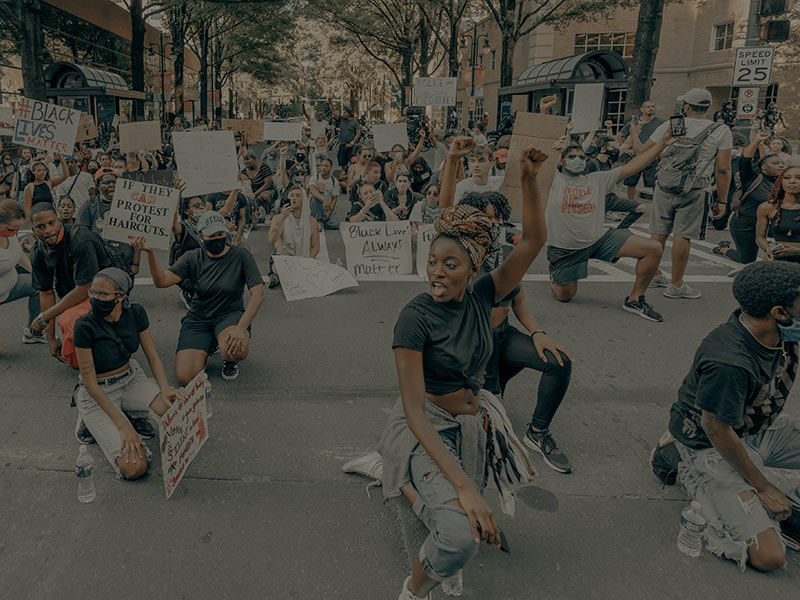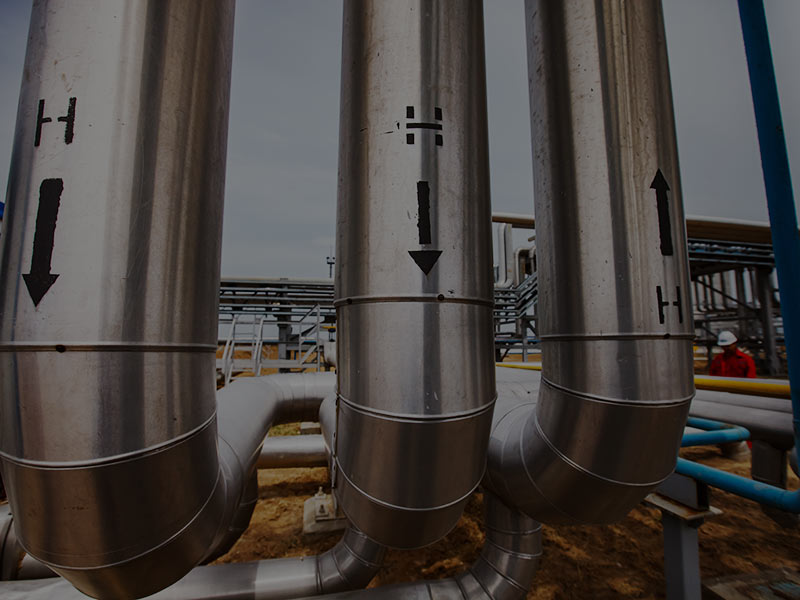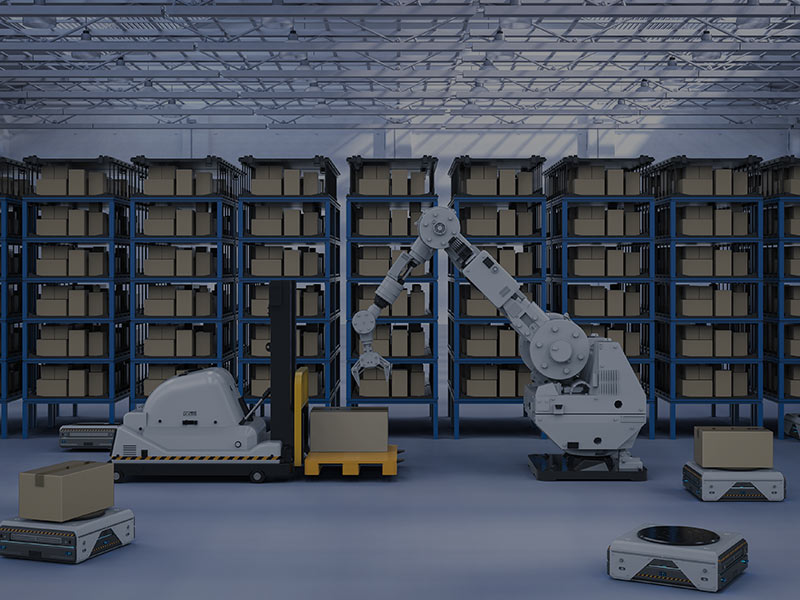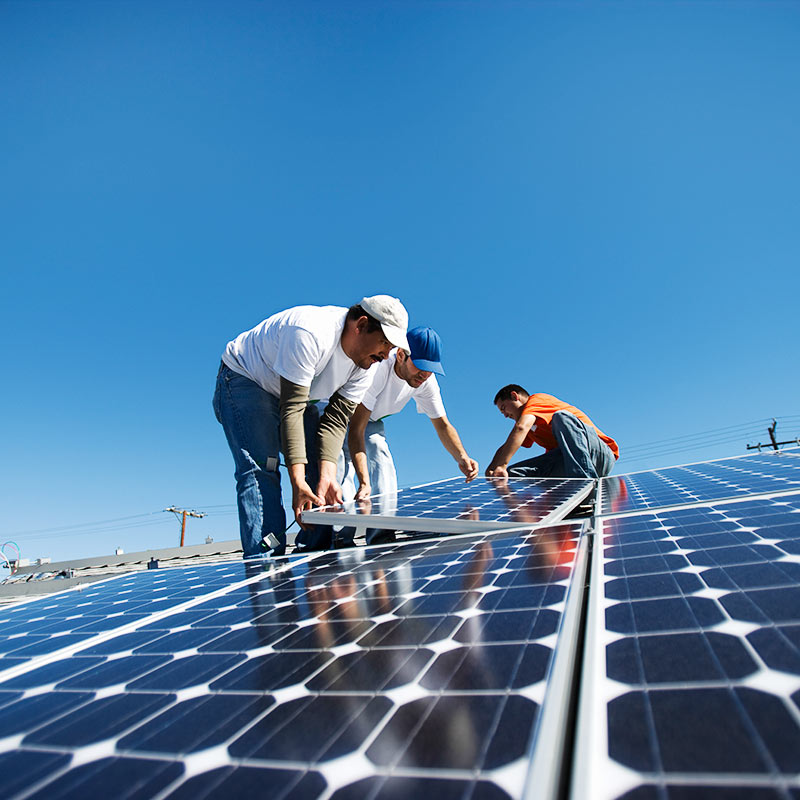
Companies are under increasing pressure from investors, civil society, employees, courts, and environmental campaigners to exit from carbon-intensive assets. But cleaning up carbon balance sheets by selling assets to companies that are less concerned about the environmental and human rights impacts of fossil fuel use does not help the climate; it can also devastate communities that rely on these assets for jobs. A new approach is therefore needed—one that lays the groundwork for the eventual retirement of dirty assets while supporting a just transition to clean energy.
What’s New
Regulators, ESG investors, and consumers are demanding more action on decarbonization, which is adding to investors’ fears that they will be left with stranded assets. In one possible scenario outlined in research published in Nature Energy, around half of all fossil fuel assets could be worthless by 2036 as the world transitions to a net-zero economy. This transition is already reducing demand for fossil fuels in the automotive industry, and sectors like aviation, shipping, plastic, and chemicals are increasingly following suit. Many investors are therefore looking to decarbonize their portfolios while there is still time.
The pressure to address ESG issues and meet carbon reduction targets means companies are increasingly offloading high-carbon projects and business units, such as coal mines and fossil fuel power plants. Although the divestment movement has been instrumental in focusing company attention on climate change, stakeholder sentiment is turning against selling dirty assets to the highest bidder.
Such an approach is increasingly seen as walking away from the problem rather than exiting dirty assets in an ethical, sustainable manner. “If you sell a high-carbon asset then it might move off your books and go onto someone else’s, but they could be less scrupulous about environmental stewardship,” says David Korngold, a Director at BSR who leads global engagements with financial institutions.
Private owners, for instance, may be subject to weaker regulatory disclosure requirements and less stakeholder demand for transparency. In other words, they are not subject to the same ESG pressure as listed companies. This means dirty assets could continue to operate, but in the shadows.
Regardless of their ownership structure, other companies that buy dirty assets may not care about their environmental impact. The further risk is that investors in these companies are also not concerned, meaning there is less pressure on the company to mitigate the harms of any assets they’ve purchased. Finally, assets could be sold to companies operating in regions with lower disclosure requirements, including national firms in countries where governments are keen to maintain fossil fuel production for financial or geostrategic reasons.
The lower environmental operating standards of these firms could also make it harder to tackle specific issues that need to be addressed to reach net zero by 2050—for example, the flaring and venting of methane during oil production. Assets could also end up in the hands of national companies that have not made net-zero pledges. In other words, while the sale of dirty assets may improve the ESG credentials of the seller, the planet may not benefit.
This challenges the claims of some ESG funds. “I am a vocal opponent of pension funds saying they have ‘reduced emissions from their portfolio’,” says Mark Campanale, founder of research group the Carbon Tracker Initiative. “Portfolios don’t produce emissions, companies do. Dumping company shares from your portfolio doesn’t address the problem one bit.”
Larry Fink made a similar point in his 2022 Annual Letter to CEOs: “Divesting from entire sectors—or simply passing carbon-intensive assets from public markets to private markets—will not get the world to net zero. […]Foresighted companies across a wide range of carbon intensive sectors are transforming their businesses, and their actions are a critical part of decarbonization. We believe the companies leading the transition present a vital investment opportunity for our clients and driving capital towards these phoenixes will be essential to achieving a net zero world.”
Instead of dumping shares or offloading dirty assets to companies with fewer scruples, winding them down is arguably a better approach. But this also presents complex issues that need to be considered. For example, while the production, processing, export, and consumption of fossil fuels may be harmful to the climate, it provides large numbers of jobs and supports communities through economic activities and taxes. Abruptly winding down stranded assets may lead to heavy job losses, and the closure of plants or mines could take a devastating toll on the communities they support.
However, if dirty assets are shut down in a controlled, managed manner, it creates an opportunity to retrain workers, providing them with the skills for new jobs and mitigating the economic impacts on local communities. This will help to ensure a just transition to a green economy that provides decent work, improves human well-being, and addresses social and economic inequalities.
It’s an approach that underpins the Just Transition concept, which has steadily been gaining traction internationally. The European Union’s Just Transition Mechanism, for example, aims to mobilize €55 billion of support over the period 2021-2027, with a focus on regions that are the most carbon-intensive or with the most people working in fossil fuels. Spain’s Just Transition Strategy, meanwhile, is a participatory process designed to protect fossil fuel workers from unemployment and plan for the future of the country’s coal regions.
The Glasgow Climate Pact agreed at COP26 also calls on countries to communicate long-term strategies “towards just transitions to net zero emissions by or around mid-century, taking into account different national circumstances.” Several other just transition initiatives were also announced at the conference, including the Just Energy Transition Partnership, formed by the governments of South Africa, France, Germany, the United Kingdom, and the United States, along with the European Union. It aims to provide US$8.5 billion to help South Africa phase out coal power and transition to a low emission, climate-resilient economy.
Multilateral development banks and funds also have a significant role to play in helping the Global South to transition to clean energy in a just way. The Asian Development Bank (ADB) has launched the Energy Transition Mechanism, for example, which aims to accelerate the phase out of coal—initially in Indonesia and the Philippines, where coal makes up 67 percent and 57 percent of the energy mix, respectively.
The scheme could bring forward the retirement of coal plants by 10-15 years on average and replace them with clean power. ADB and its partners plan to form an advisory group with non-government organizations and civil society groups to prioritize a just transition to clean energy. For instance, providing technical assistance for reskilling and developing the livelihoods of affected workers and communities in a region where energy demand is set to double by 2030.
Climate Investment Funds also launched a US$2.5 billion Accelerating Coal Transition (ACT) Investment Program at COP26, targeted at South Africa, India, Indonesia, and the Philippines. However, despite these “unprecedented” signals of support for financing a just transition, the LSE notes that actual delivery “remains at an early stage and action in 2022 needs to intensify as part of efforts to keep global warming to 1.5°C.”
It’s not only fossil fuel companies that need to ramp up their efforts to ensure a just transition. Even if companies at the top of the food chain can transform into low-carbon businesses, long-established value chains are at risk—as seen with the transition to electric vehicles. “Major systems that are essential to vehicles with internal combustion engines are absent from EVs,” notes one PwC report. “Makers of exhaust systems, fuel systems, and transmissions face the prospect of disruption as EVs become more mainstream.”
These developments all highlight a recurring theme: that the transition to net zero must be seen holistically. Shifting dirty assets to less scrupulous companies may ultimately do more harm than good. It can make emissions harder to scrutinize and address and complicate efforts to phase out assets in a way that minimizes the negative impacts on workers and communities. In other words, retaining responsibility for dirty assets, and collaborating with stakeholders and the public sector to wind them down in a just fashion, is the best path forward for sustainable business.
Signals of Change
According to the Wall Street Journal, Citigroup and its partners have abandoned the creation of a fund aimed at shortening the life of coal mines after struggling to convince investors of its green energy merits. The Coal to Zero fund planned to buy mines in the US, Australia, and South Africa and run them with the promise of shutting them down by 2040. Profits in the fund would have been split between the fund’s investors and initiatives to create other types of employment following the shutdown of the mines in coal-rich regions. However, despite the fund’s goal of accelerating the retirement of coal mines, some potential investors reportedly feared criticism for investing in fossil-fuel projects.
The energy company SSE recently published its Just Transition: From Principles to Action report, which builds on the Just Transition Strategy it announced in late 2020. The strategy—said to be a first for the energy sector—was published in response to investor engagement. The 2021 World Benchmarking Alliance Just Transition report, which assessed the just transition planning of 180 corporates, found that SSE was one of only two companies to have completed the fundamental steps of developing full just transition plans and making the key points publicly available.
The Global Maritime Forum, which brings together leaders from across the maritime industry, has signed an agreement with the International Transport Workers’ Federation (ITF) to cooperate in “problem solving and identifying concrete actions” to speed up decarbonization in the maritime sector. The pact outlines the importance of worker, corporate and investor leadership uniting to push for meaningful action. “A just transition means concrete measure[s] to ensure that workers’ voices, expertise and ambitions [… are] at the centre of decision-marking in transition plans for the industry,” said Stephen Cotton, ITF General Secretary.
Fast Forward to 2025
Although I know my job is safe for the next five years, I’m also aware that the plant will close in 2030...
The Fast
Forward
BSR Sustainable Futures Lab
Implications for Sustainable Business
Pressure is growing on companies to address dirty assets more responsibly—not just in terms of reducing their greenhouse gas emissions. For instance, the behavior of potential buyers could lead to greater adverse human rights and environmental impacts. Companies may therefore find that in the eyes of activists and the public, their responsibility for the negative impacts of their assets doesn’t automatically end when they exit them.
Sustainable businesses will need to take a more sophisticated approach to the problem. This should include proper presale due diligence on potential buyers before any final decision on an exit or sale, or even conditions of sale that specify what purchasers can do with the asset. This due diligence should encompass both the environmental and human rights impacts of any sale, and involve all relevant stakeholders—including employees, contractors, suppliers, and communities.
We will have a transition, it’s just a question of what type. It can be messy, with people losing money, jobs, and resources. Or we can have a thoughtful transition that is timely, better managed, and less disruptive.
For financial firms, divestment should, in most cases, be seen as a last resort. Before taking this step, institutional investors must consider their relationship to the company and whether its termination could result in any adverse impacts, so that the withdrawal of financial support does not create unintended harms.
Businesses should also ensure they are transparent about their decision-making processes and efforts to mitigate the negative impacts of exits or divestments. As the Institute for Human Rights and Business states: “Ensuring that transitions away from fossil fuels are socially just, equitable, and inclusive will require co-ordinated and collaborative approaches that involve all stakeholders, including governments, businesses, civil society, and rights-holders.” This will not be possible without openness and honesty.
Rightsholders should be central to the responsible exit process—including employees, contractors, suppliers and communities—and businesses should be clear with them about their strategies for accelerating the clean energy transition. Planning how to support their workers and minimize any negative impact on communities that could result from the sale or wind-down of fossil-fuel assets is a crucial part of this, along with establishing appropriate grievance mechanisms. Shutting everything down immediately could put thousands of people out of work.
Looking ahead, businesses could face growing calls from civil society to provide a livelihood (or another form of remediation) for individuals, or even entire communities, affected by their exit from fossil fuel assets. However, it’s worth noting that the responsible wind-down or run-off of dirty assets could potentially deliver a reputational boost.
We need to hear companies saying: ‘here’s our plan, this is how it’s informed by stakeholder engagement, and this is how we’re accountable for it.'
Responsible wind-downs are fraught with complications though. The fact that certain private sector efforts have failed to attract support, while the ADB’s Energy Transition Mechanism gathers pace, suggests the need for government or multilateral institution involvement—both to lower the cost of capital and to provide such schemes with credibility in terms of their carbon reduction and just transition goals. Changes to investment mandates may also be needed so that fossil fuel assets can be purchased in order to shut them down responsibly.
Although winding down high carbon assets in a responsible way can be an expensive and complicated process, for Swedish utility Vattenfall, it is ultimately a question of business strategy. “It might be difficult and uncertain, and it might be costly, but the cost of sitting idle is even higher,” says Annika Ramsköld, head of sustainability at the firm.
When the company shut coal plants in the Netherlands and Germany, communicating with the workforce was crucial, she adds. “We had a clear plan. We said we would find jobs for every worker and reskill them if necessary. It is clearly tied to our overall strategy and it’s part of us taking responsibility for society and our own employees.”
![]()
Previous issue:
Sustainable Aviation Fuels Take Flight
![]()
Next issue:
Sustainability in Space: The Next Frontier
